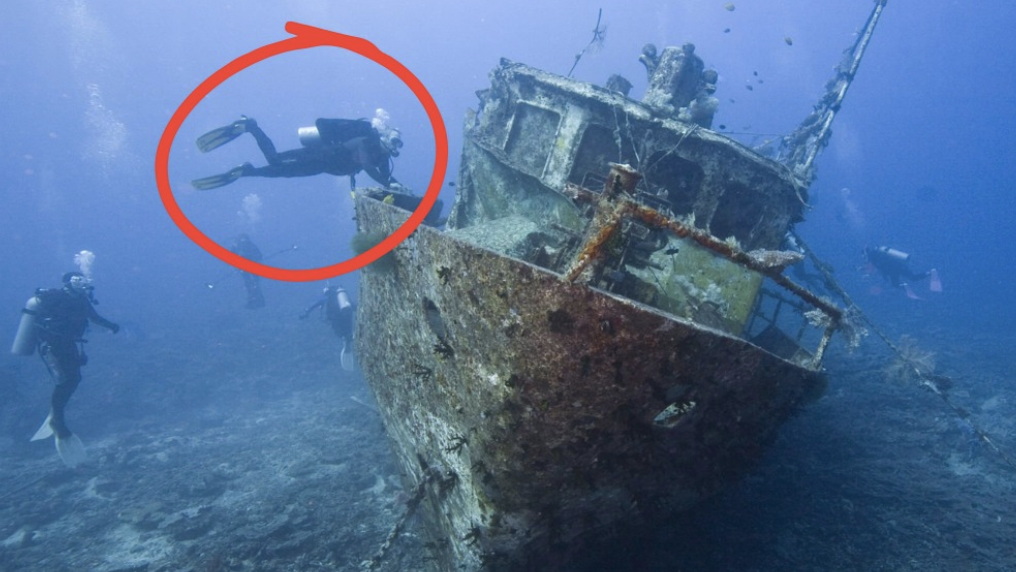The Unsolved Mystery of the USS Cyclops’ Disappearance

In March 1918, during the tumult of World War I, the USS Cyclops, a massive American collier ship, embarked on a routine voyage from Brazil to Baltimore. Carrying a cargo of manganese ore and manned by a crew of over 300, the ship vanished without a trace somewhere along its route through the treacherous waters of the Bermuda Triangle.

The disappearance of the USS Cyclops remains one of the greatest maritime mysteries in history. Despite extensive search efforts by the U.S. Navy and international authorities, no wreckage, debris, or distress signals were ever found. The ship and all 306 crew members simply vanished into the vast expanse of the Atlantic Ocean.
Numerous theories have been proposed to explain the disappearance of the USS Cyclops. Some speculate that the ship succumbed to a sudden and violent storm, which could have caused it to capsize or sink rapidly. Others point to the possibility of an onboard mechanical failure, such as engine trouble or structural weakness in the ship’s hull.
The location of the disappearance, within the infamous Bermuda Triangle, has fueled more sensational theories involving paranormal or extraterrestrial causes. According to some accounts, the area is known for mysterious magnetic anomalies and unpredictable weather patterns that could potentially disrupt navigational instruments and communication systems.

Despite decades of speculation and investigation, the fate of the USS Cyclops remains unresolved. The disappearance of such a large and well-equipped ship, along with its experienced crew, continues to perplex historians, naval experts, and enthusiasts of maritime history.
The story of the USS Cyclops serves as a poignant reminder of the dangers faced by seafarers throughout history and the mysteries that still lurk beneath the ocean’s surface. It also underscores the enduring allure of the Bermuda Triangle, a region where fact and legend intertwine to create a legacy of intrigue and uncertainty.
3.5











